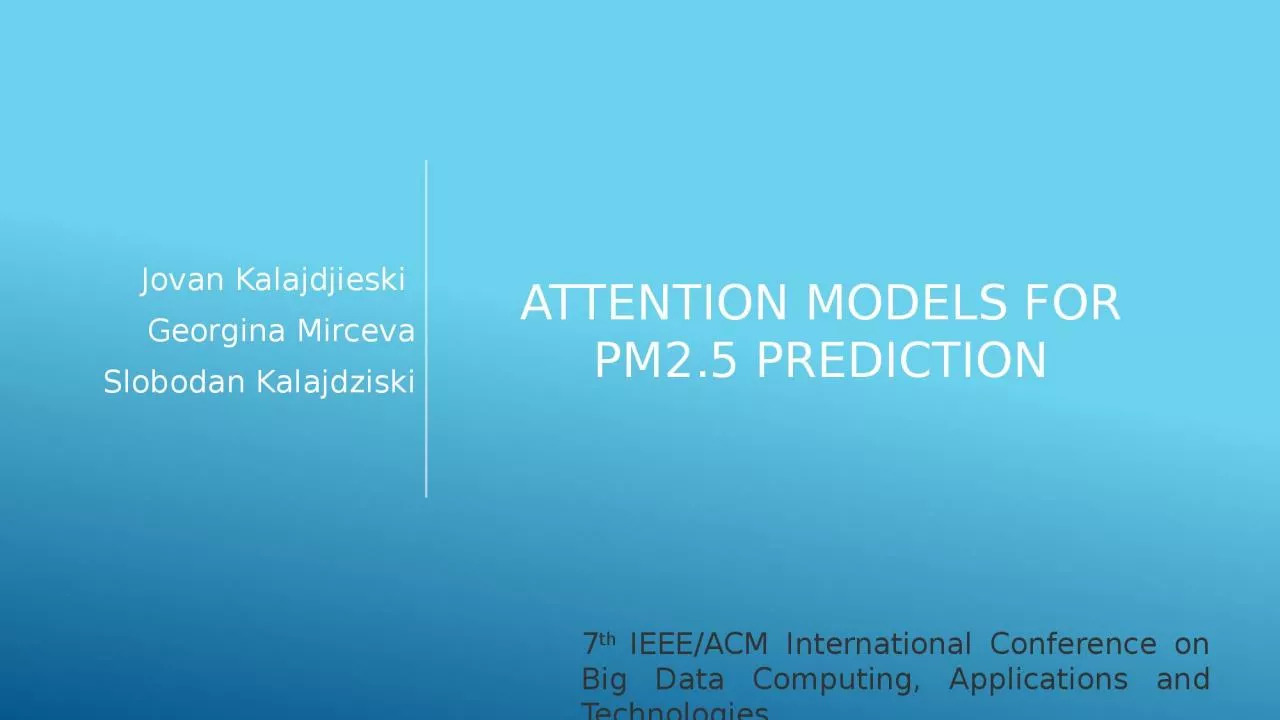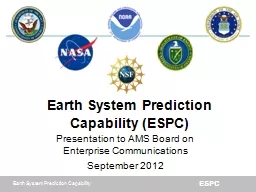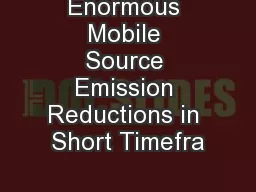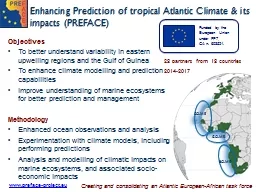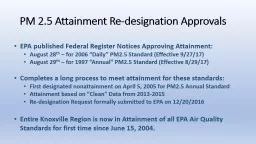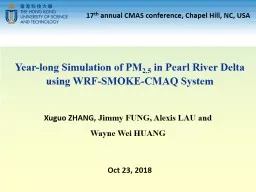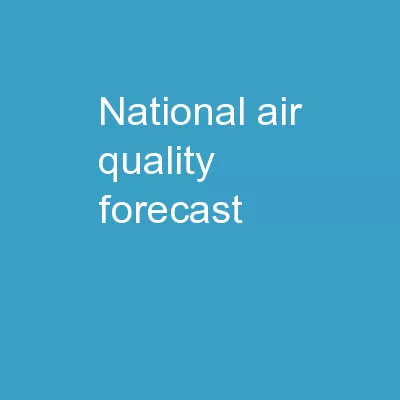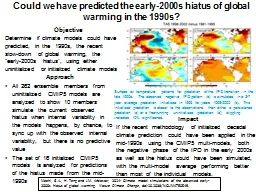PPT-Attention Models for PM2.5 Prediction
Author : julia | Published Date : 2022-06-08
Jovan Kalajdjieski Georgina Mirceva Slobodan Kalajdziski 7 th IEEEACM International Conference on Big Data Computing Applications and Technologies Air pollution
Presentation Embed Code
Download Presentation
Download Presentation The PPT/PDF document "Attention Models for PM2.5 Prediction" is the property of its rightful owner. Permission is granted to download and print the materials on this website for personal, non-commercial use only, and to display it on your personal computer provided you do not modify the materials and that you retain all copyright notices contained in the materials. By downloading content from our website, you accept the terms of this agreement.
Attention Models for PM2.5 Prediction: Transcript
Jovan Kalajdjieski Georgina Mirceva Slobodan Kalajdziski 7 th IEEEACM International Conference on Big Data Computing Applications and Technologies Air pollution B y 2050 70 of the worlds population will live in urban centers which means that we need efficient solutions for monitoring and predicting air pollution. Sensing and Air Quality Applications. Richard Kleidman. Science Systems and Applications, Inc.. NASA . GSFC. ARSET - AQ. A. pplied. . R. emote. . S. E. nsing. . T. raining . –. . A. ir . Q. uality. Thank You!. Yinon. . Rudich. , Michael . Brauer. , Aaron Cohen, . Vanderlei. Martins & . AirPhoton. , Yang Liu. , . Mark Gibson, Yvonne . Ritchie & Prior Coop . Students, Crystal . Weagle. , . Presentation to AMS Board on Enterprise Communications. September 2012. ESPC Overview. Introduction. ESPC is an . interagency collaboration . between DoD (Navy, Air Force), NOAA, DoE, NASA, and NSF for coordination of research to operations for an earth system analysis and extended range prediction capability. . Thank You!. Yinon. . Rudich. , Michael . Brauer. , Aaron Cohen, . Vanderlei. Martins & . AirPhoton. , Yang Liu. , . Mark Gibson, Yvonne . Ritchie & Prior Coop . Students, Crystal . Weagle. , . IAT355. Mar 3, 2017. Slides by Lyn Bartram. Attention | IAT 355 | . Mar 3, 2017. This is a useful topic. Understand why you can get students to shut their devices in class . . Complaints about inattentive and distracting behaviour . Presentation for IEPR Workshop. April 27, 2017. Chay Thao. Program Manager. San . Joaquin Valley Air Pollution Control . District. Valley’s Attainment Challenges . Unmatched . by Any Other . Region. Bart . Croes. , Chief. Research . Division. bcroes@arb.ca.gov. 1-916-323-4519. Unique, Adverse Meteorology . Lowest Per Capita Emission Targets. Onshore circulation pattern, high temperatures, stagnant air masses, and mountain ranges that trap pollutants lead to .... Objectives. To better understand variability in eastern upwelling regions and the Gulf of Guinea. To enhance climate modelling and prediction capabilities. Improve understanding of marine ecosystems for better prediction and management. Project 4. Multi-City Morbidity Study. Characterize daily pollutant mixtures. Source. apportionment. Examine impacts of air pollution mixtures on acute severe morbidity. Examine and explain heterogeneity of associations across cities. EPA published Federal Register Notices Approving Attainment:. August 28. th. – for 2006 “Daily” PM2.5 Standard (Effective 9/27/17). August 29. th. – for 1997 “Annual” PM2.5 Standard (Effective 8/29/17). 2.5. in Pearl River Delta using WRF-SMOKE-CMAQ System. Xuguo . ZHANG,. . Jimmy FUNG, Alexis LAU and Wayne Wei HUANG. Oct 23, 2018. 17. th. annual CMAS . c. onference, Chapel Hill, NC, USA. Research Background. Capability: Updates to Operational CMAQ PM2.5 . P. redictions and Ozone Predictions. Operational Readiness Review. January 21, 2016. 2. Background. Ongoing implementation of NOAA/NWS . National Air Quality (. . SYFTET. Göteborgs universitet ska skapa en modern, lättanvänd och . effektiv webbmiljö med fokus på användarnas förväntningar.. 1. ETT UNIVERSITET – EN GEMENSAM WEBB. Innehåll som är intressant för de prioriterade målgrupperna samlas på ett ställe till exempel:. The set of 16 initialized CMIP5 models is analyzed for predictions of the hiatus made from the mid-1990s. Could we have predicted the early-2000s hiatus of global warming in the 1990s?. Impact. If the recent methodology of initialized decadal climate prediction could have been applied in the mid-1990s using the CMIP5 multi-models, both the negative phase of the IPO in the early 2000s as well as the hiatus could have been simulated, with the multi-model average performing better than most of the individual models. .
Download Document
Here is the link to download the presentation.
"Attention Models for PM2.5 Prediction"The content belongs to its owner. You may download and print it for personal use, without modification, and keep all copyright notices. By downloading, you agree to these terms.
Related Documents

